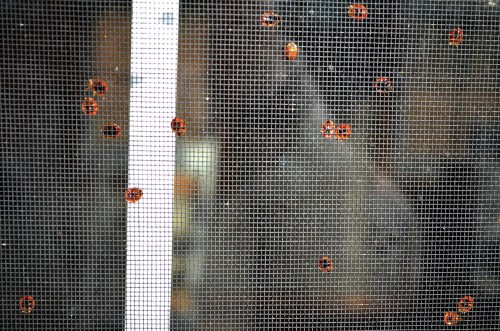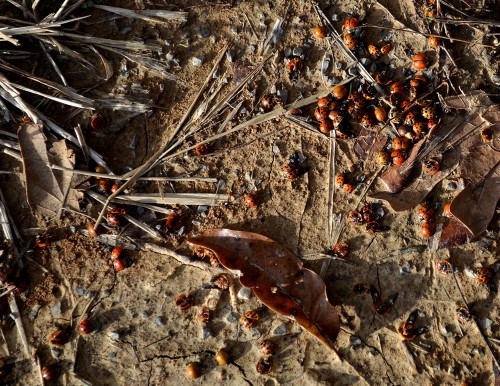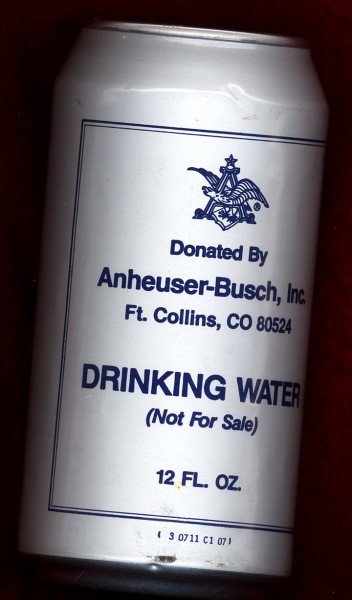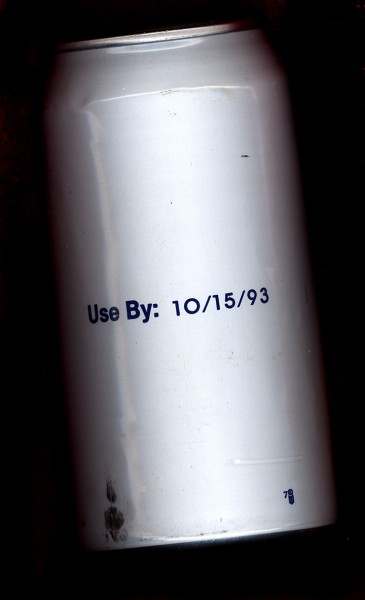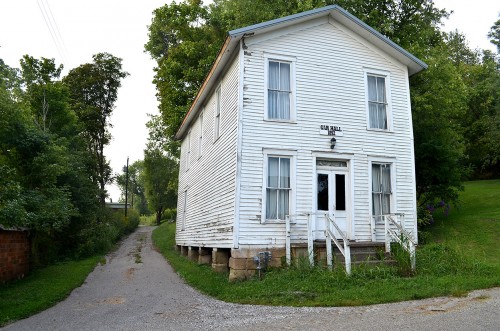 I was trying to come up with a Veterans Day post when I remembered this two-story building in Frost, Ohio, a place so small the census bureau classifies it a “a populated place that is not a census designated or incorporated place having an official federally recognized name.” Curator Jessica led me there on one of our rambles last year.
I was trying to come up with a Veterans Day post when I remembered this two-story building in Frost, Ohio, a place so small the census bureau classifies it a “a populated place that is not a census designated or incorporated place having an official federally recognized name.” Curator Jessica led me there on one of our rambles last year.
I knew GAR. stood for “Grand Army of the Republic,” but I didn’t know much about the rich history of the organization. [Note: I’ve see references that spell the abbreviation as “G.A.R.” and “GAR.” I’m going to standardize on the latter.] Click on the photos to make them larger.
The Civil War was different
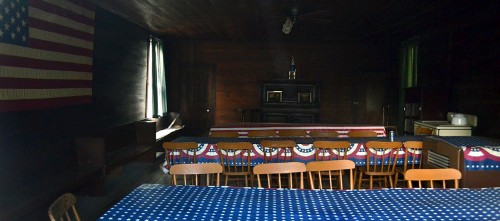 The Sons of Union Veterans of the Civil War’s website explains it this way: In early 1866 the United States of America — now securely one nation again — was waking to the reality of recovery from war, and this had been a much different war. In previous conflicts the care of the veteran warrior was the province of the family or the community. Soldiers then were friends, relatives and neighbors who went off to fight–until the next planting or harvest. It was a community adventure and their fighting unit had a community flavor.
The Sons of Union Veterans of the Civil War’s website explains it this way: In early 1866 the United States of America — now securely one nation again — was waking to the reality of recovery from war, and this had been a much different war. In previous conflicts the care of the veteran warrior was the province of the family or the community. Soldiers then were friends, relatives and neighbors who went off to fight–until the next planting or harvest. It was a community adventure and their fighting unit had a community flavor.
By the end of the Civil War, units had become less homogeneous, men from different communities and even different states were forced together by the exigencies of battle where new friendships and lasting trust was forged. With the advances in the care and movement of the wounded, many who would have surely died in earlier wars returned home to be cared for by a community structure weary from a protracted war and now also faced with the needs of widows and orphans. Veterans needed jobs, including a whole new group of veterans–the colored soldier and his entire, newly freed, family. It was often more than the fragile fabric of communities could bear.
State and federal leaders from President Lincoln down had promised to care for “those who have borne the burden, his widows and orphans,” but they had little knowledge of how to accomplish the task. There was also little political pressure to see that the promises were kept.
Organization founded in 1866
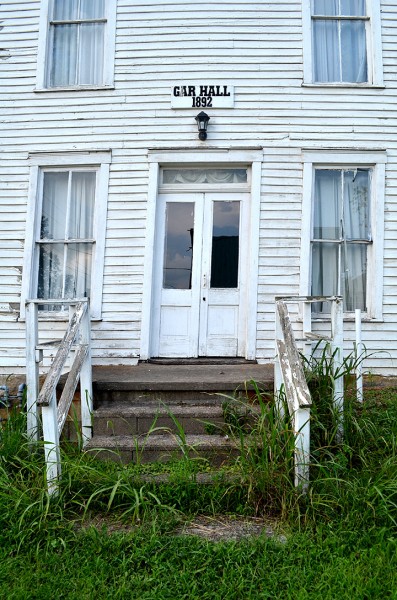 But probably the most profound emotion was emptiness. Men who had lived together, fought together, foraged together and survived, had developed an unique bond that could not be broken. As time went by the memories of the filthy and vile environment of camp life began to be remembered less harshly and eventually fondly. The horror and gore of battle lifted with the smoke and smell of burnt black powder and was replaced with the personal rain of tears for the departed comrades. Friendships forged in battle survived the separation and the warriors missed the warmth of trusting companionship that had asked only total and absolute commitment.
But probably the most profound emotion was emptiness. Men who had lived together, fought together, foraged together and survived, had developed an unique bond that could not be broken. As time went by the memories of the filthy and vile environment of camp life began to be remembered less harshly and eventually fondly. The horror and gore of battle lifted with the smoke and smell of burnt black powder and was replaced with the personal rain of tears for the departed comrades. Friendships forged in battle survived the separation and the warriors missed the warmth of trusting companionship that had asked only total and absolute commitment.
With that as background, groups of men began joining together — first for camaraderie and then for political power. Emerging most powerful among the various organizations would be the Grand Army of the Republic (GAR), which by 1890 would number 409,489 veterans of the “War of the Rebellion.”
Founded in Decatur, Illinois on April 6, 1866 by Benjamin F. Stephenson, membership was limited to honorably discharged veterans of the Union Army, Navy, Marine Corps or the Revenue Cutter Service who had served between April 12, 1861 and April 9, 1865. The community level organization was called a “Post” and each was numbered consecutively within each department. Most Posts also had a name and the rules for naming Posts included the requirement that the honored person be deceased and that no two Posts within the same Department could have the same name. The Departments generally consisted of the Posts within a state and, at the national level, the organization was operated by the elected “Commander-in-Chief.”
[The Frost Camp #108 was chartered on January 25, 1892. It had been meeting unofficially in Guysville for about two years prior to gaining its charter. It became inactive during the Depression, and remained that way until 1997. Here’s a website with much more of the history of the John S. Townsend Camp #108.]
Five G.A.R. members were elected President
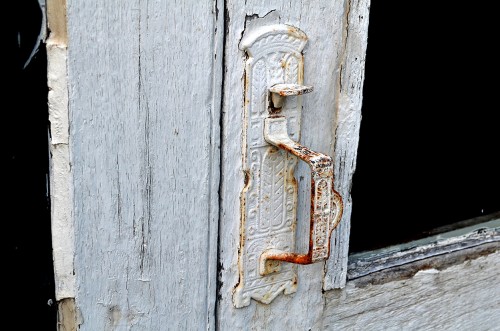 The GAR founded soldiers’ homes, was active in relief work and in pension legislation. Five members were elected President of the United States and, for a time, it was impossible to be nominated on the Republican ticket without the endorsement of the GAR voting block.
The GAR founded soldiers’ homes, was active in relief work and in pension legislation. Five members were elected President of the United States and, for a time, it was impossible to be nominated on the Republican ticket without the endorsement of the GAR voting block.
In 1868, Commander-in-Chief John A. Logan issued General Order No. 11 calling for all Departments and Posts to set aside the 30th of May as a day for remembering the sacrifices of fallen comrades, thereby beginning the celebration of Memorial Day.
Only one woman member
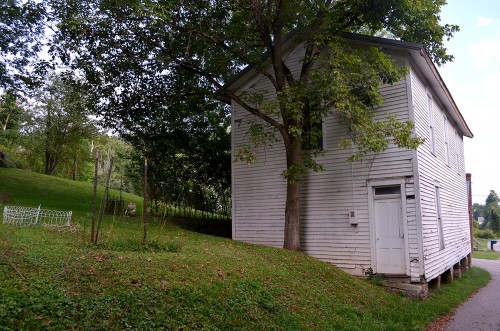 Although a male organization, the GAR admitted its sole woman member in 1897. Sarah Emma Edmonds served in the 2nd Michigan Infantry as a disguised man named Franklin Thompson from May 1861 until April 1863. In 1882, she collected affidavits from former comrades in an effort to petition for a veteran’s pension which she received in July 1884. Edmonds was only a member for a brief period as she died September 5, 1898; however she was given a funeral with military honors when she was reburied in Houston in 1901.
Although a male organization, the GAR admitted its sole woman member in 1897. Sarah Emma Edmonds served in the 2nd Michigan Infantry as a disguised man named Franklin Thompson from May 1861 until April 1863. In 1882, she collected affidavits from former comrades in an effort to petition for a veteran’s pension which she received in July 1884. Edmonds was only a member for a brief period as she died September 5, 1898; however she was given a funeral with military honors when she was reburied in Houston in 1901.
Blacks were welcome in the GAR
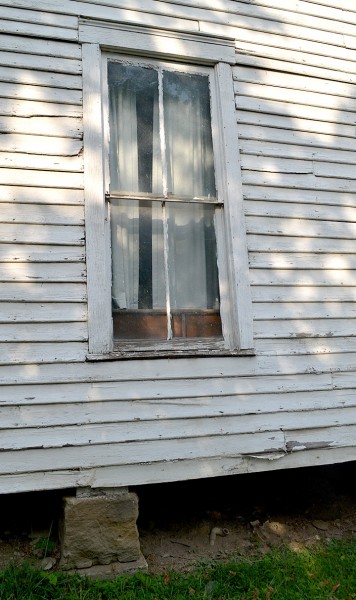 A Wikipedia entry says, The G.A.R. initially grew and prospered as a de facto political arm of the Republican Party during the heated political contests of the Reconstruction era. The commemoration of Union Army and Navy veterans, black and white, immediately became entwined with partisan politics.
A Wikipedia entry says, The G.A.R. initially grew and prospered as a de facto political arm of the Republican Party during the heated political contests of the Reconstruction era. The commemoration of Union Army and Navy veterans, black and white, immediately became entwined with partisan politics.
The G.A.R. promoted voting rights for then called “Negro”/”Colored” black veterans, as many white veterans recognized their demonstrated patriotism and sacrifices, providing one of the first racially integrated social/fraternal organizations in America. Black veterans, who enthusiastically embraced the message of equality, shunned black veterans’ organizations in preference for racially inclusive/integrated groups. But when the Republican Party’s commitment to reform in the South gradually decreased, the G.A.R.’s mission became ill-defined and the organization floundered. The G.A.R. almost disappeared in the early 1870s, and many state-centered divisions – named “departments” and local posts ceased to exist.
 While cruising around the Bootheel this afternoon, I noticed lots of fields sporting what looked like green, green grass. I asked my guide, David Kelley, what had been planted.
While cruising around the Bootheel this afternoon, I noticed lots of fields sporting what looked like green, green grass. I asked my guide, David Kelley, what had been planted. I was a little drowsy, so I pulled into the truck stop at the intersection of I-55 and 80 in New Madrid county for a short nap. It was still light when I stopped, but the sun had just dropped below the horizon when I headed out of the parking lot.
I was a little drowsy, so I pulled into the truck stop at the intersection of I-55 and 80 in New Madrid county for a short nap. It was still light when I stopped, but the sun had just dropped below the horizon when I headed out of the parking lot.

